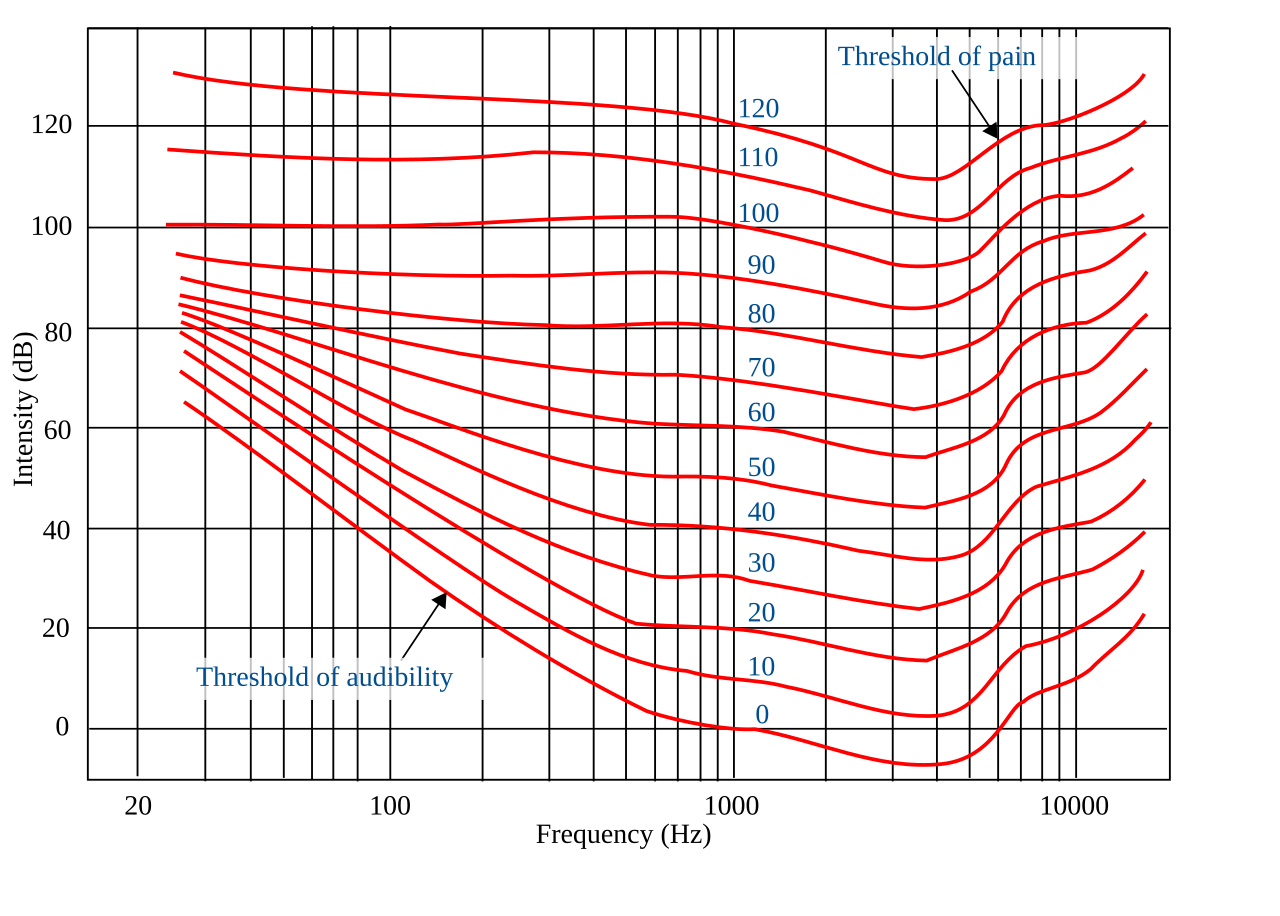
www.mh-audio.nl
I also add another ....

www.crownaudio.com
Then it would be interesting to know. How much power does an amplifier need FOR EACH PART with this type of range of dynamic music
Example, two subwoofers and a pair of two-way speakers (crossoverpoint 3 kHz) . With LP-HP filter, crossoverpoint 80 HZ, 24dB sub to two-wave speaker. How much power to the subwoffers, to the bass driver and the tweeter in the two-wave speaker?
Those calculators give an indication. But they are not for the "small print". In addition, the ability of amplifiers to handle tough loads, that is, speakers that drop in Ohm is not addressed. So there is more to weigh in.


www.audiosciencereview.com


